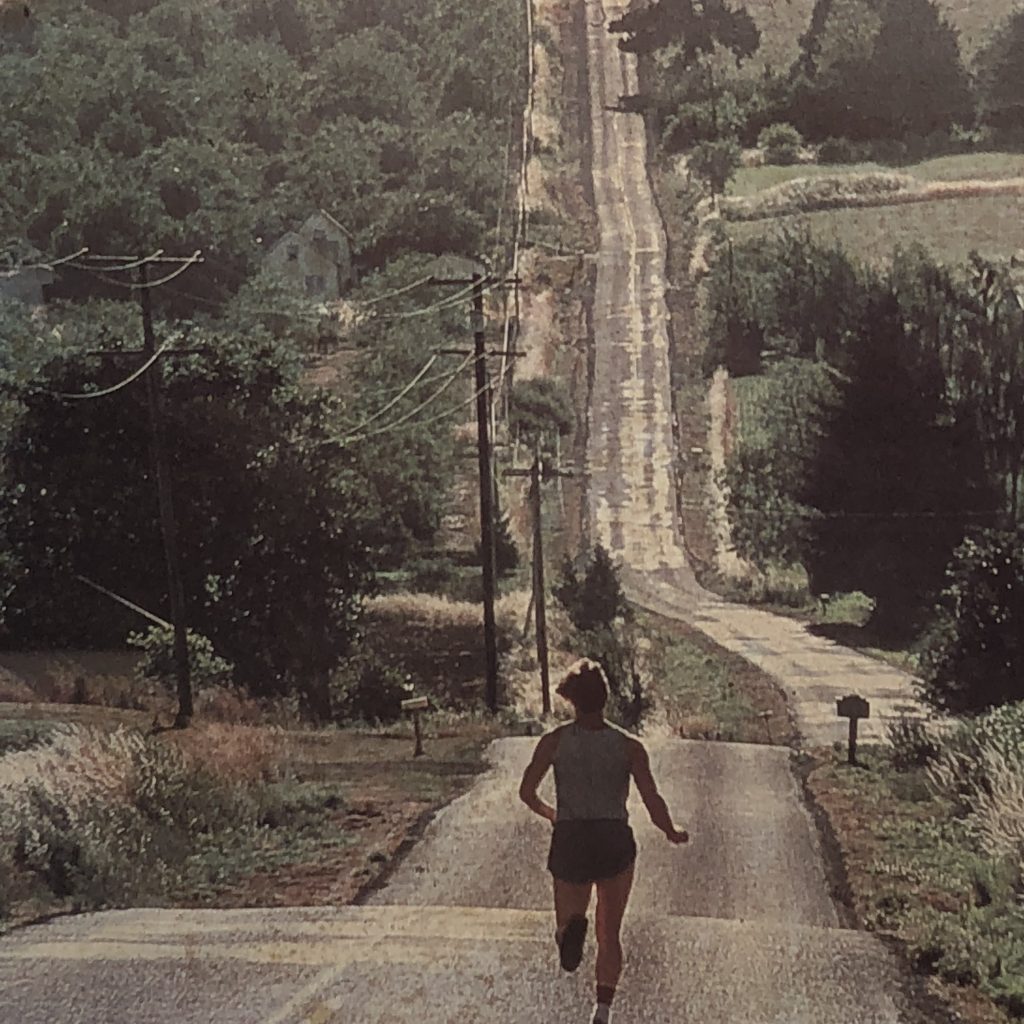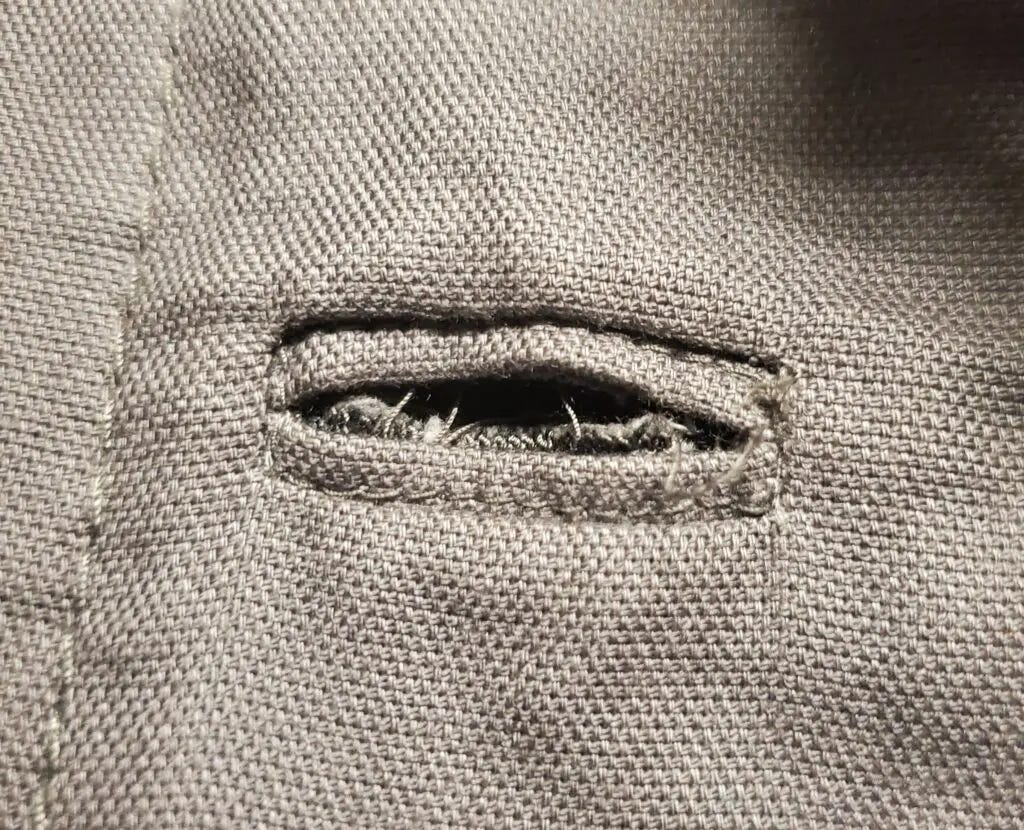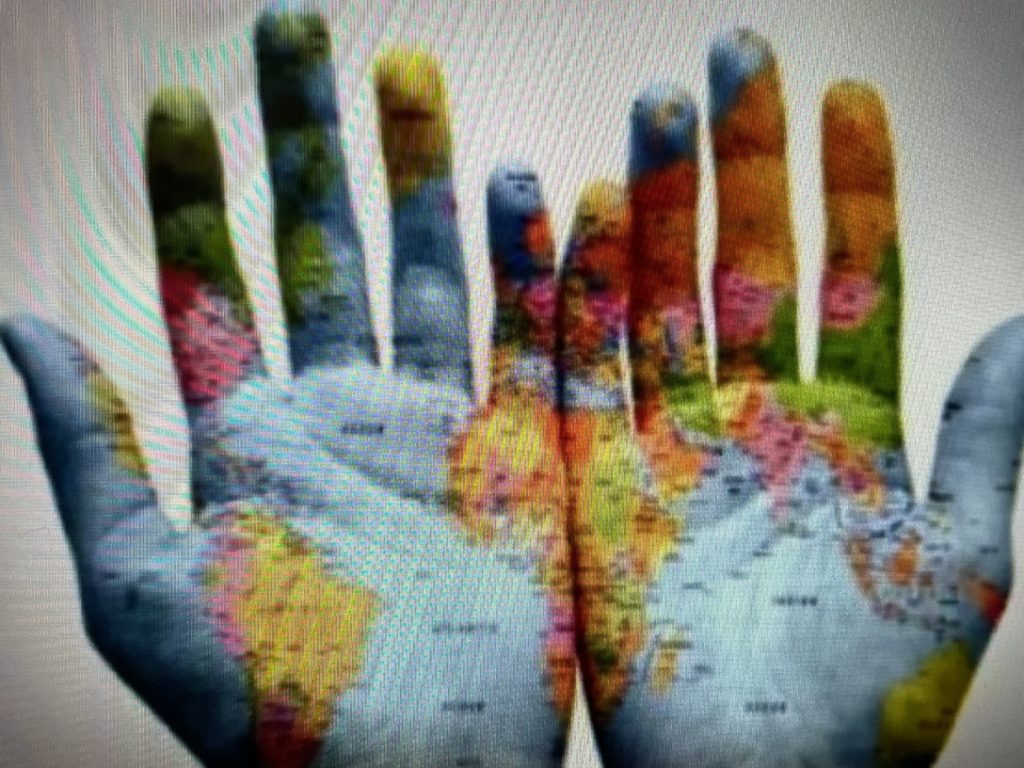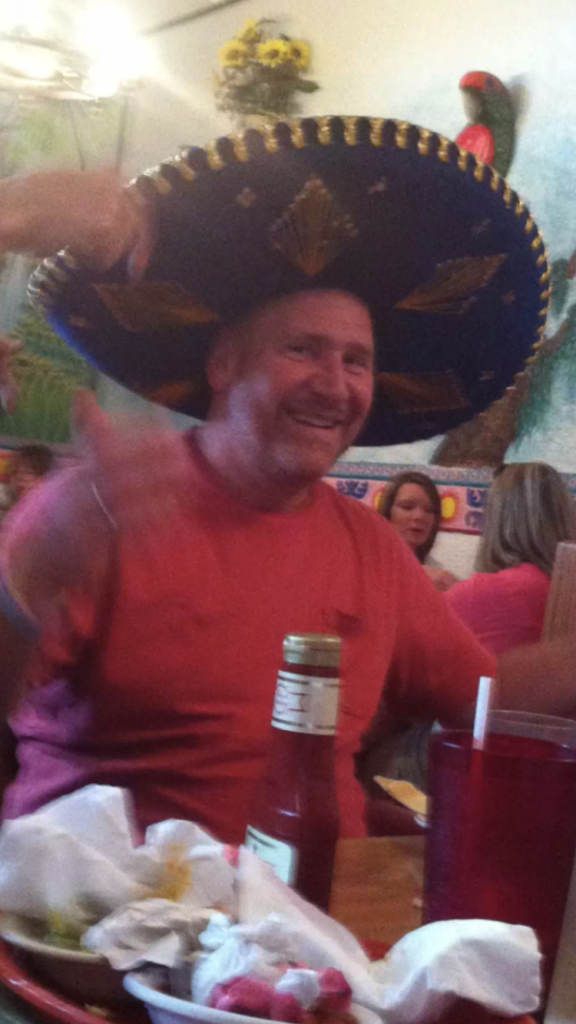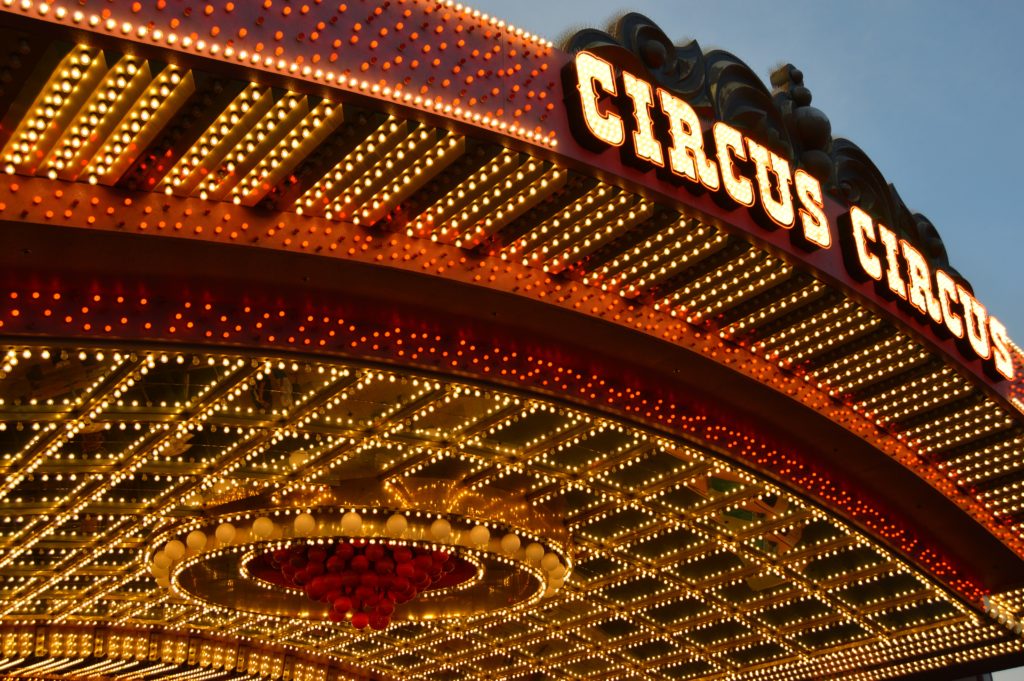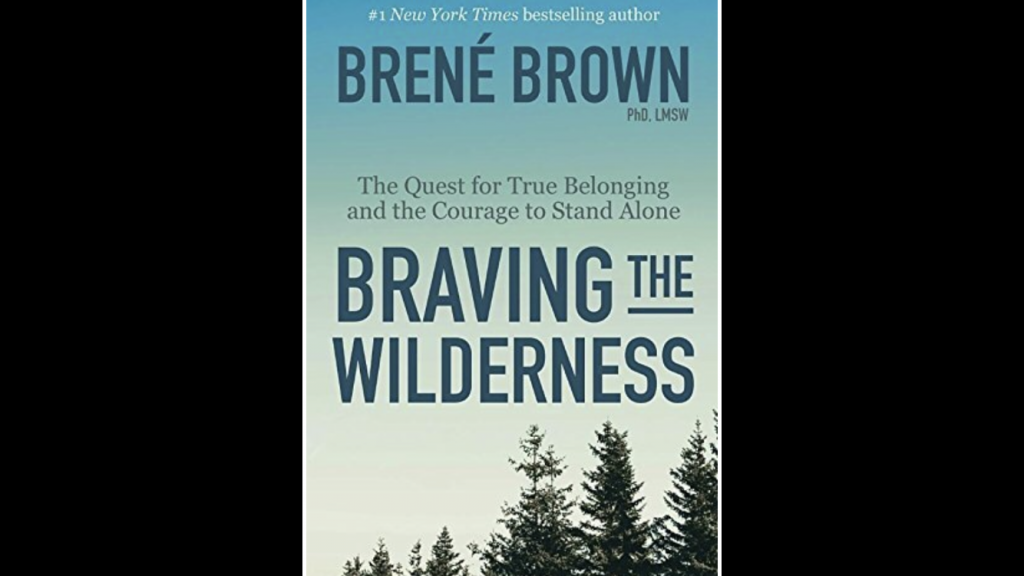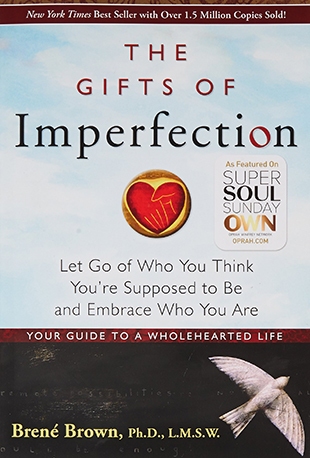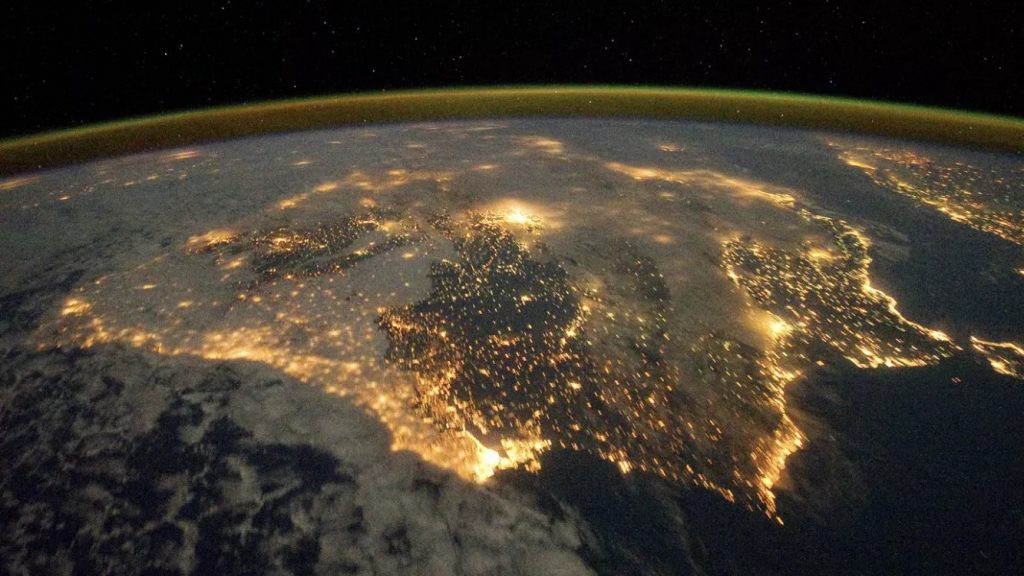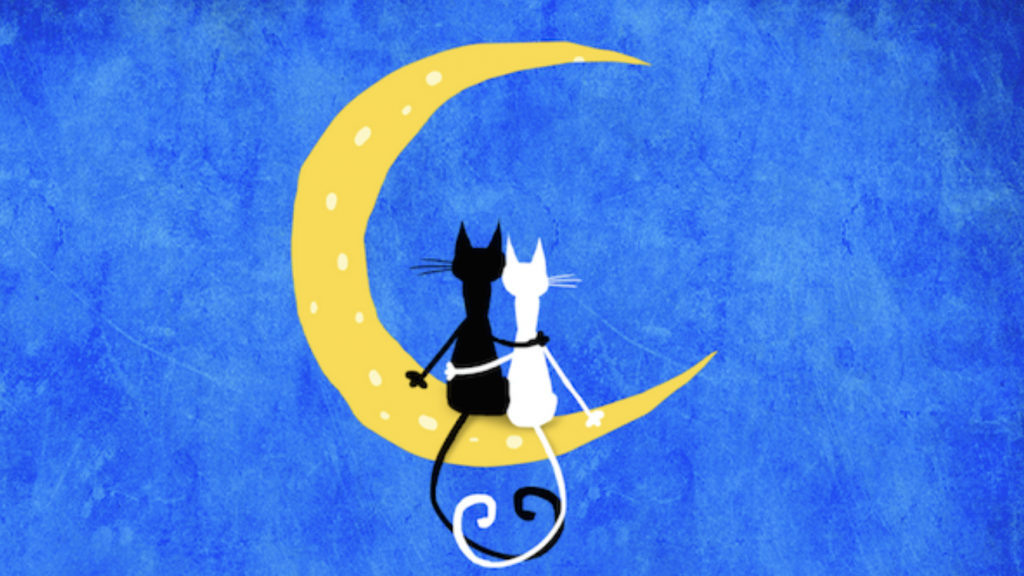Wait. . .What. . .isn’t this everyone’s goal,
EVEN WHEN IT’S NOT NEW YEAR’S RESOLUTION MAKING EVE. . .
Well, maybe New Year’s Day just doesn’t happen on January 1, maybe it happens when you go to the doctor for your yearly physical and you get get pushed, poked, prodded and oh yes, the can’t-lie-your-way-out-of-it- blood test.
For the most part I am in ‘GOOD SHAPE’ (for the shape I’m in) the A1C was just slightly elevated and I got the, “Cut out sugar, carbs, junk. Eat more vegetables, fruit and EXERCISE, EXERCISE, EXERCISE M O R E
Well, I did what I usually do before New Year’s Day, I started to RESOLUTION before the RESOLUTION and began exercising before getting the missive but. . .can your CORE ever be more CORED UP?
I recently read an article from a colleague from National Speakers Association, Lou Heckler who suggested a different kind of CORE TRAINING. Even though I’m now doing sets of planks, push up’s and walking and need to do more, more consistently, I started thinking about this different kind of CORE TRAINING that doesn’t involve sit-ups or planking, push up’s or walking up stairs. It’s more about principles and beliefs and practices and how it sometimes feels difficult to stay true to the person you believe you are.
We see lots of people taking what are called “shortcuts” when we really mean “cheating.” We see work that is “unfinished” when we really mean “unacceptable.” Do you sometimes ask yourself, “Why am I striving so hard to be good and kind and generous when I see others seeming to get ahead by doing the opposite?”
Spoiler alert here: They are NOT getting ahead. Those temporary gains will not last and neither will their contributions to the world at large. My “core exercises” go like this: Be loving. . .give more than asked; promise the World and deliver the Universe. . .look for laughter and joy every day; if you find or make a Smile, bring one (your’s). . .help the people who are struggling; just because someone has a hand doesn’t mean that couldn’t use your’s. . .be grateful; don’t list the things you’re thankful for, live them. . .
Like any workout, it takes a daily commitment, doesn’t it? I hope you get your reps in this week. . .
Pssssssssssssssssssssst: YOUR HEART WILL THANK YOU FOR IT. . .AND SO WILL SOMEONE ELSE’S!
